Text
Weird linguistic/cultural realisation I consciously had the other day:
If you hear an English-speaking person complaining about "unnecessary gendering" vs. a German-speaking person complaining about "unnötiges Gendern", you're probably looking at two people on opposite ends of the political spectrum. I've got a pretty good handle on WHY but holy shit, that's so confusing.
965 notes
·
View notes
Photo
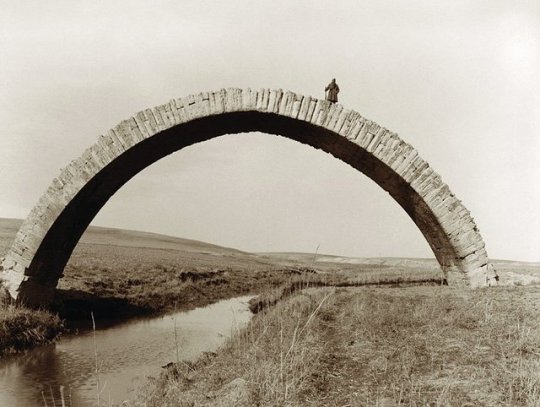
Aurel Stein :: Roman bridge, Mosul (now Iraq), 1930′s / source: nuno korban
2K notes
·
View notes
Text
i cannot emphasize enough how important it is to have gossipy bitchy littl pirvate group chats or discord servers with like 4 people in them whose stated purpose is posting “new kind of guy” or “this reddit post is so fuckin dumb” or “i got into a fight on twitter today look at this idiot’s reply” so your homies can still see it and laugh and back you up but more importantly, so you are not tempted to post these kind of things on main
105K notes
·
View notes
Text
Phoenician Phacts
The first stadium in the history was built by the Phoenicians in Amrit, Syria in c.1500 BCE. Yes, it’s older than the ancient Stadium of Olympia which was built in mid-6th century BCE and has the exact same dimensions.


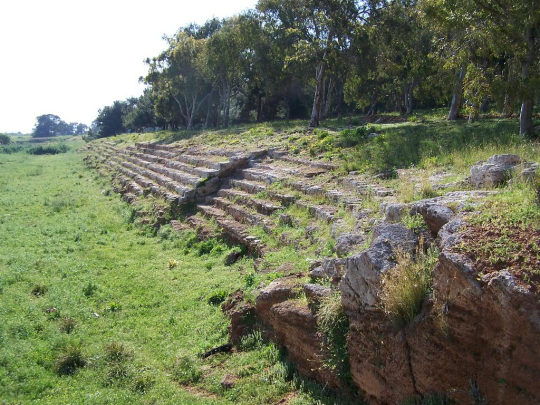

I think Amrit is really the best reference to anyone who wants to know what Phoenician architecture must have looked like.
The Phoenician Temple of Amrit, built in the 4th to 5th century BCE, largely in ruins, but still maintains some of it’s interesting features.

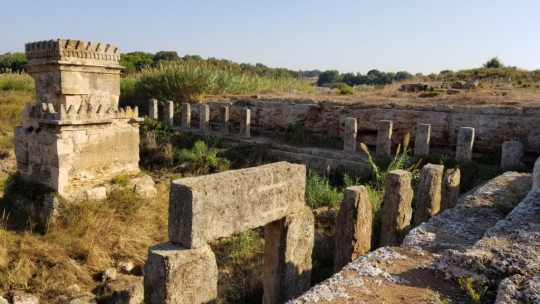

Al Maghazil, or “the Spindels” are two burial towers in Amrit from the 5th century BCE. They’re around 7,5 meters high, but there was one other tomb of about 19,5 meters high, called al-Burǧ Bazzāq.

At the base of one of the tombs you can still make out the lions carved from stone guarding the base.
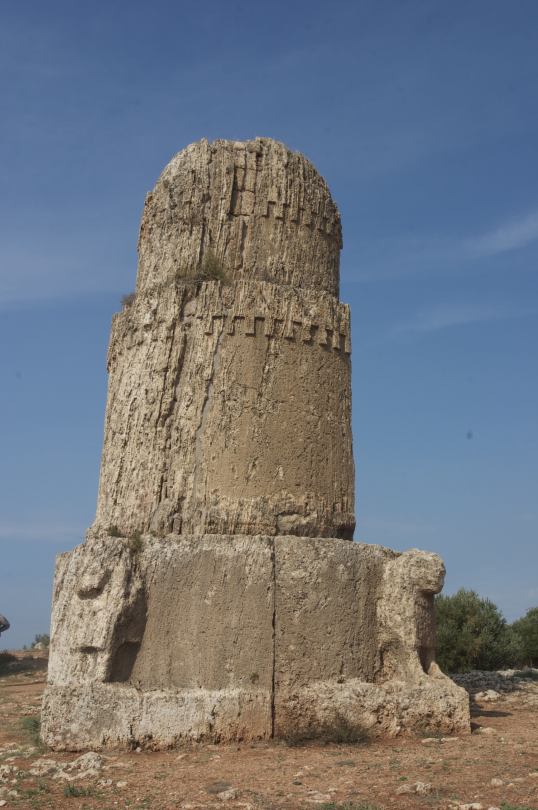
a feature not really found in Amrit (as far as I have been able to find) is the Phoenician capital.
The Greek Ionic [column] capital was influenced by the Phoenician proto-Aeolic capital in the late 7th century BCE.

These used to be painted of course, as you can see below, which is an illustration depicting King Josiah in Jerusalem in 7th century BC. Many Israelite structures were essentially Phoenician in style and technique.

Carthage used to have 6 storey buildings before the Romans systemically destroyed the city. Every building had it’s own cistern. After the destruction not much of ancient Carthage was left, but one can still see the base of some of these ‘high rises” on the hill of Byrsa, Tunisia.

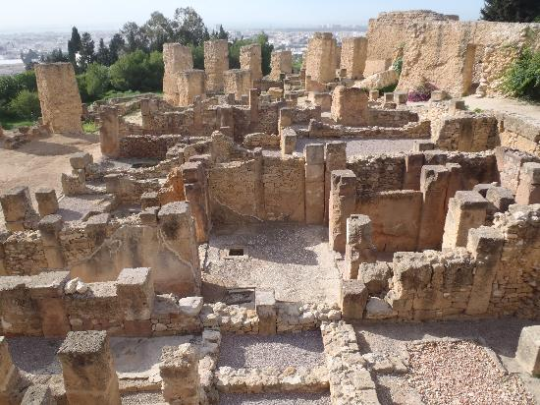
Phoenicians/Carthaginians were so good at producing ships, they used to deliver them in numbered parts to be assembled in efficient order, as if they’d bought them from IKEA. They also invented the keel, caulking and battering ram on the bow.
Renowned as much for their building of ships, as well as their sailing of them. In fact, they were such good sailors; relying most on the Pole Star of Ursa Minor; that the Greeks named the pole star “Phoenike”.
No one important sailed anywhere unless they could get their hands on a Phoenician ship.
A Phoenician/Punic ship depicted on a 2nd century CE sarcophagus.

The Carthaginian known as Hanno the Navigator managed to sail around present day Morocco in the 5th or 6th century BCE with a fleet of 60 ships, and reached southern-Morocco or northern-Mauretania (or perhaps even further south than that).
One of my favourite accounts is this one from Herodotus who comments on Hanno’s original report:
The Carthaginians tell us that they trade with a race of men who live in a part of Libya beyond the Pillars of Herakles. On reaching this country, they unload their goods, arrange them tidily along the beach, and then, returning to their boats, raise a smoke. Seeing the smoke, the natives come down to the beach, place on the ground a certain quantity of gold in exchange for the goods, and go off again to a distance. The Carthaginians then come ashore and take a look at the gold; and if they think it presents a fair price for their wares, they collect it and go away; if, on the other hand, it seems too little, they go back aboard and wait, and the natives come and add to the gold until they are satisfied. There is perfect honesty on both sides; the Carthaginians never touch the gold until it equals in value what they have offered for sale, and the natives never touch the goods until the gold has been taken away.
— Herodotus of Halicarnassus
813 notes
·
View notes
Text
being critical of academia because it’s heavily hierarchical and systemically racist, and saying that individuals within academia are in no way more qualified to discuss academic subjects than non-academics are two completely different things. sjcjdjahe i swear some people think that to get a history degree you just read like. commercial biographies and watch hamilton. idk how to tell you all this but tiktok doesn’t have a peer review process
48K notes
·
View notes
Photo

Hermann Nitsch, Action Painting 40, Vienna, 1997.
7K notes
·
View notes
Text

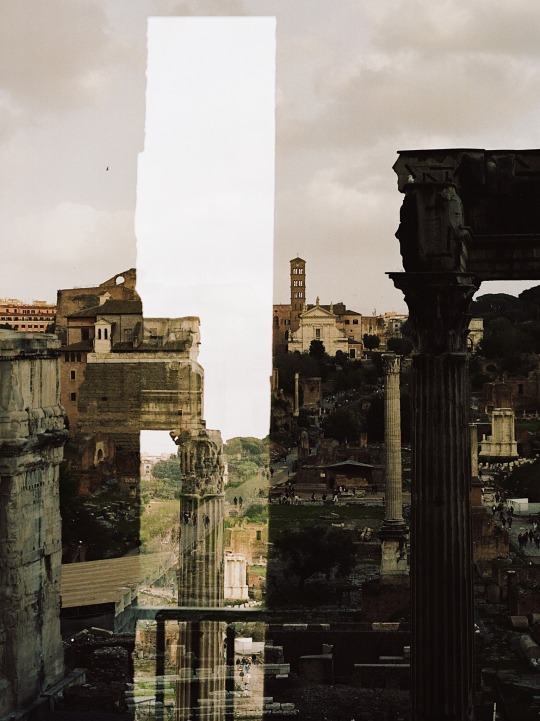
oh rome as heterotopia (a physical site in which diverse, discontinuous, and ambiguous slices of time and space can be accommodated) we’re really in it now
7K notes
·
View notes
Text
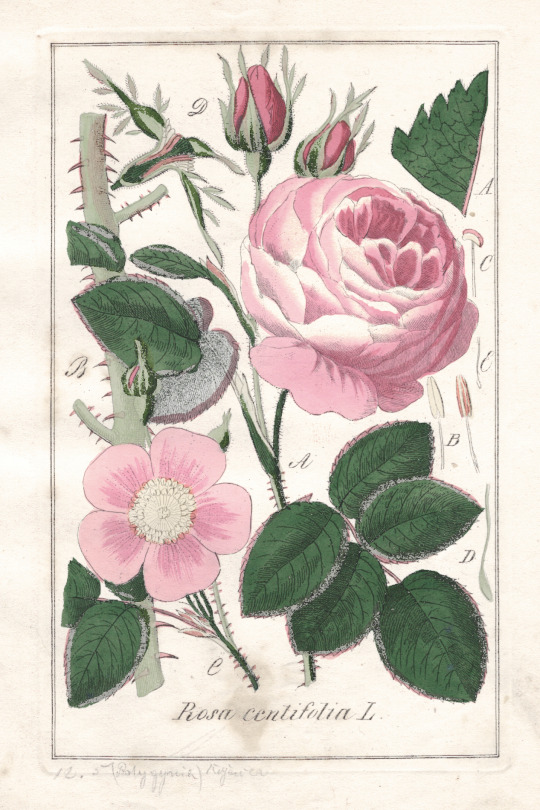

Found these gorgeous 19th century botanical plates in the antique store last week 🌹
1K notes
·
View notes
Note
Do you ever encounter the sentiment that latin is a "dead language" and that there is no real point in learning it (I definitely don't agree!) with your students and how do you handle that if/when you do? (not sure if latin is mandatory or an elective where you teach, so this might not actually be that big of a thing)
not so much that theres no "real point" in learning latin, since my students had a choice of languages and specifically signed up for my class. i inevitably get them asking about latin being a dead language- which it is! i discuss with them what being a dead language actually means, and we usually segue into a talk of how latin can be helpful even if you don't plan to study it forever
i also make sure to emphasize that sometimes the things we learn don't HAVE to have a greater purpose outside of "it's fun and i think it's interesting," and students like to hear that being acknowledged
196 notes
·
View notes
Text
Memorising Homer so you can keep a vow of not technically reading Pagan texts:

381 notes
·
View notes
Text
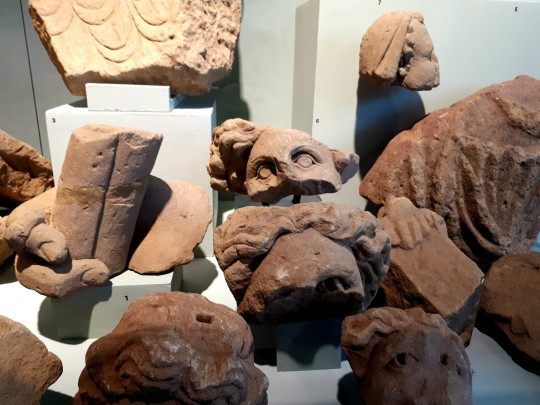
Broken Roman Provincial Statue Pieces - Kurpfälzisches Museum Heidelberg
698 notes
·
View notes
Text
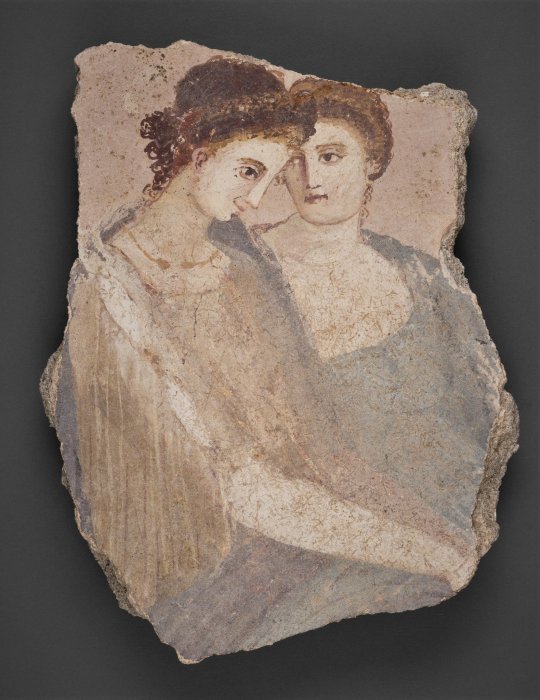
Wall Fragment with Two Women, Roman, c. 1st Century AD
Getty Museum
2K notes
·
View notes
Text
i think we should spread more misinformation about ovid. i’m doing my part but it’s not enough
464 notes
·
View notes


